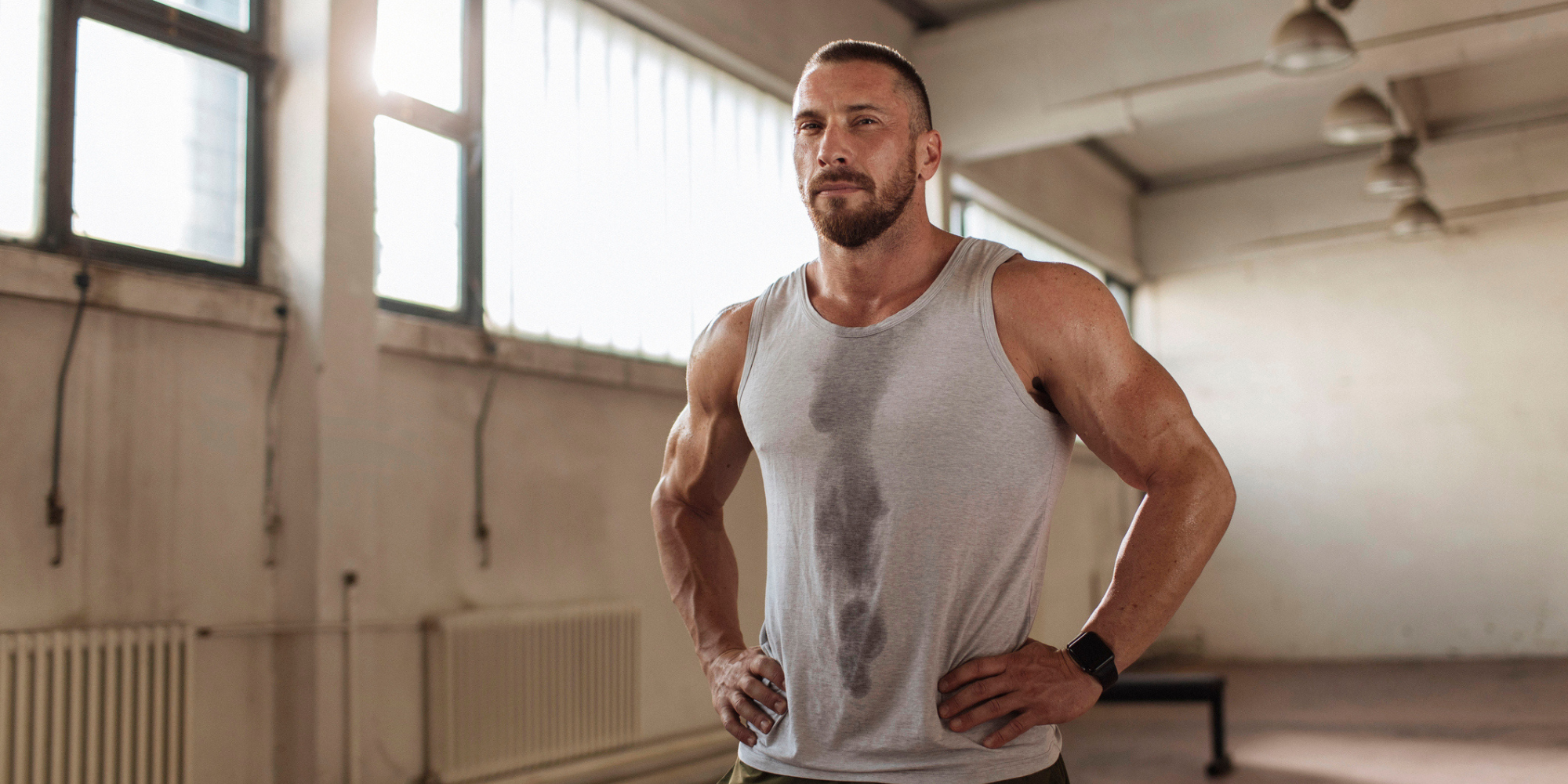Want Bigger Arms? It Might Be Time to Take a “Less Is More” Approach
We men have a terrible tendency toward vanity, especially when it comes to the size of arms, so when it comes time to work out, we’re often guilty of doing far more sets of curls and triceps extensions than squats, deadlifts or rows. Spend time in any commercial gym and you’ll notice that the squat rack is rarely as busy as the bench press station, and by far the most common exercise being performed by men under 30 is a dumbbell bicep curl.
And while there’s nothing wrong with having a favorite exercise, or even emphasizing arm training to spur growth, too many guys take things too far, and veer solidly into overtraining territory.
But if you shouldn’t be pumping iron day after day, then how often should you be working out your arms? And what does it take to get the pumped arms you really want?
RELATED: This Is How Many Days Per Week You Should Actually Be Working Out
Generally speaking, working out your arms anywhere from two to six times per week is fine, but it absolutely depends on your fitness level and your exercise regimen. Keep in mind that the more often you work out your arms, the fewer reps and less weight you should be lifting each day. You should also make sure to give yourself proper rest between working out the same muscles. For example, if you do an isolation exercise, such as bicep curls, one day, make sure not to work your biceps again the next day. Instead focus on another single-joint, isolation exercise for a different arm muscle, such as overhead tricep extensions. This counts as two days of arm exercises in general, but allows for proper rest of individual muscles within the arm. It will also ensure that you’re not neglecting one muscle in favor of the other.
As we consider the difference between general arm workouts and exercises that target individual muscles within the arm, it becomes easy to see how the varied answers to our original question can get a little muddied. Ultimately, it should be recognized that not all arm workouts are created equal, and your workout schedule should be planned carefully to ensure optimal results.
How Often Should You Work Out Your Arms?
We checked in with Alex Rothstein, Coordinator and Instructor of the Exercise Science degree program at New York Institute of Technology, to get his take on how often you should be working out your arms. For overall fitness, he recommends training each body part — including your arms — twice per week. How you go about this depends on your current fitness level, of course, and how many days you’re putting in compound or full-body exercises each week.
RELATED: How Often Should You Work Out Your Legs?
If you’re working out most days of the week and properly splitting your workout regimen between upper-body days and lower-body days, you’ll want to focus approximately two days on upper body workouts. Rothstein reminds us that these workouts often include compound exercises that work the chest, abs, and back as well as the arms. This means that you often don’t realize just how much work your arms are getting even when you’re not doing isolation exercises like bicep curls and tricep extensions. And it’s for this reason that he actually recommends just one day of dedicated arm training per week. After all, if you’re properly incorporating a lot of multi-joint, complex exercises into your upper body workouts, your arms are likely getting a lot of work already.
It should also be noted that, relatively speaking, your biceps, triceps, and shoulders are some of the smallest muscle groups in your body. (Yes, even if they’re totally jacked.) This means that they can’t quite handle as much constant stimulus as your leg muscles or back muscles can, so utilizing proper recovery time is crucial.
Why Are Rest Days So Important?
It may seem counterintuitive, but rest is absolutely essential to growing bigger muscles. When you exercise, you create tiny tears in your muscle tissue. This sounds bad, but it’s precisely what you want because, as the tissue heals, it grows. So, simply put, muscle tissue can only repair, rebuild, strengthen, and grow when your muscles are at rest. However, you can ease your aches and maximize your results in the meantime with some pretty awesome muscle recovery tools.
This is another reason why Rothstein suggests being mindful of your exercise schedule, so you can give each part of your body (not just your arms) enough rest in between workouts. Ultimately, a well-planned workout schedule will ensure that you don’t put any of your muscles through more than they can recover from. Your goal may be to gain muscle, but preventing injury should also be at the top of your list. Not only does it suck to be injured, but it’ll also hinder your progress in the long run.
You Might Also Dig:



